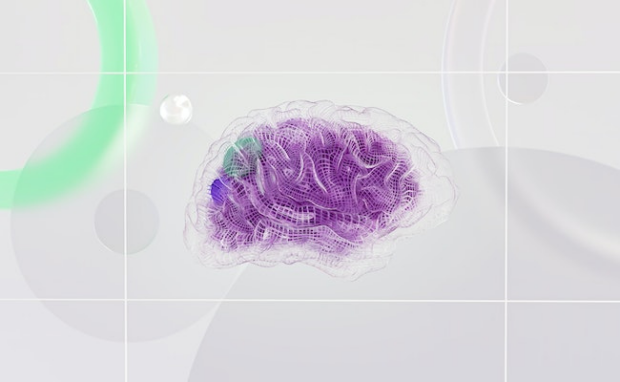Researchers create generative AI robot assistant
Alana AI and Heriot-Watt University researchers recently unveiled FurChat, a chatbot that combines generative artificial intelligence and robotics. This AI robot matches the surrounding user inquiries with specific information sources, such as company files. As a result, Furchat may assist front desk representatives for airports, businesses, and more.
We’ve been putting chatbots on company websites, so it’s no surprise to see people trying to apply them to real-world settings. However, they must overcome the awkwardness of speaking with a robot and the clunkiness of interacting with a screen. Nevertheless, these developers will eventually overcome these hurdles, so we must prepare for their impacts.
We can only do that if we understand how AI robot assistants are improving. That is why we will elaborate on what makes FurChat different from other robots. Later, I will discuss how large language models function to further explain this AI bot.
How does this AI robot work?
Heriot-Watt University and Alana AI experts combined the Furhat robotic bust and OpenAI’s GPT-3.5 to create FurChat. Researcher Oliver Lemon explained their robot AI study with Tech Xplore.
“We wanted to investigate several aspects of embodied AI for natural interaction with humans,” Lemon stated. “In particular, we were interested in combining the sort of general ‘open domain’ conversation that you can have with LLMs like ChatGPT with more useful and specific information sources.”
“FurChat combines a large language model (LLM) such as ChatGPT or one of the many open-source alternatives (e.g., LLAMA) with an animated speech-enabled robot,” the researcher added.
“It is the first system that we know of which combines LLMs for both general conversation and specific information sources (e.g., documents about an organization) with automatic expressive robot animations.”
The FurChat conversational agent uses GPT-3.5, the ChatGPT large language model, to generate text responses and facial expressions. Meanwhile, the Furhat AI robot voices those texts.
The researchers tested the bot by installing it at the UK National Robotarium in Scotland. Visitors interacted with the robot to learn more about the facility and its events.
You may also like: The Ultimate ChatGPT Guide
Preliminary results show the FurChat system was effective in communicating with users. It provided the correct information to visitors by communicating smoothly.
The team plans to test similar AI robots in public spaces, festivals, museums, and other venues. “We are exploring how to use and further develop the recent AI advances in LLMs to create more useful, useable, and compelling systems for collaboration between humans, robots, and AI systems in general,” Lemon explained.
“We are working on systems which combine vision and language for embodied agents which can work together with humans. This will have increasing importance in the coming years as more systems for human-AI collaboration are developed.”
How do AI chatbots work?
It’s difficult to understand the significance of creating a human-like AI robot if you don’t know how generative artificial intelligence works. Unlike previous chatbots, it doesn’t rely on preset responses.
Generative AI bots have large language models, which are databases with millions of words. These LLMs have algorithms that follow embeddings to link user queries to the right words.
You may also like: AI photo editor turns Asian student white
Embeddings measure the “relatedness of text strings.” Moreover, they are highly versatile because ChatGPT has several use cases. Here are their usual functions:
- Search: Embeddings rank queries by relevance.
- Clustering: Embeddings group text strings by similarity.
- Classification: OpenAI embeddings classify text strings by their most similar label.
- Anomaly detection: Embeddings identify words with minimal relatedness.
- Recommendations: OpenAI embeddings recommend related text strings.
- Diversity measurement: Embeddings analyze how similarities spread among multiple words.
These systems enable a chatbot to provide answers. Imagine making a machine do that, simulate facial expressions, and voice those responses. That complexity makes the FurChat an amazing tech achievement!
Conclusion
Alana AI and Heriot-Watt University experts created a robot combining generative AI with the physical robotic form. As a result, it could “speak” with users as if it’s striking a conversation.
The researchers aim to create similar robots for other settings, such as businesses and airports. Also, they aim to create conversational agents that can speak with several humans simultaneously.
Learn more about this artificial intelligence research by reading their arXiv journal. Moreover, check out other digital tips and trends at Inquirer Tech.
